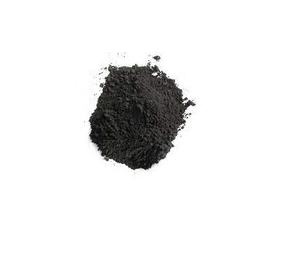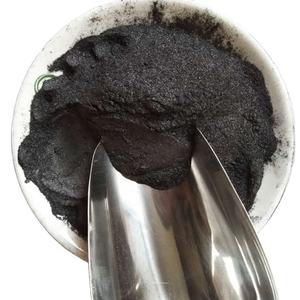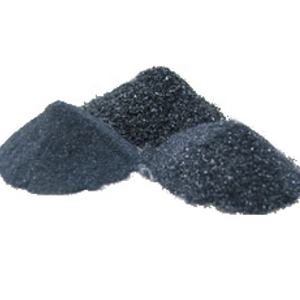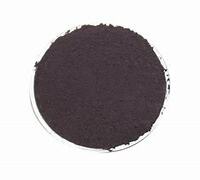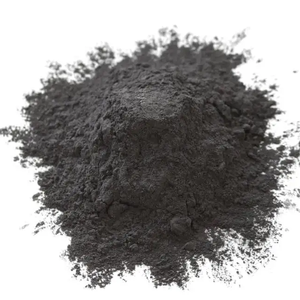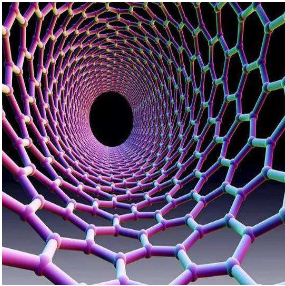Professional graphite material supplier, graphite for EV, grease, furnace and any other industries.
(The development history of graphene materials)
In fact, graphene originally exists in nature, but it is difficult to peel off a single-layer structure. Graphene layers are stacked to form graphite, and 1 mm thick graphite contains about 3 million layers of graphene. A lightly stroked pencil on the paper may leave traces of several layers or even just one layer of graphene.
In 2004, two scientists, Andre Geim and Konstantin Novoselov, of the University of Manchester, UK, discovered that they could use a very simple method to get thinner and thinner Graphite flakes. They peeled off the graphite flakes from the highly oriented pyrolytic graphite, then glued the two sides of the flakes to a special tape, and peeled off the tape to split the graphite flakes in two. By doing this continuously, the flakes became thinner and thinner. Finally, they got a flake composed of only one layer of carbon atoms, which is graphene. They jointly won the 2010 Nobel Prize in Physics. The common powder production methods of graphene are mechanical peeling method, redox method, SiC epitaxial growth method, and the thin film production method is chemical vapor deposition (CVD).
Since then, new methods for preparing graphene have emerged endlessly. In 2009, Andrei Geim and Konstantin Novoselov discovered the integer quantum Hall effect and the quantum Hall effect at room temperature in single-layer and double-layer graphene systems, respectively. Won the 2010 Nobel Prize in Physics. Before the discovery of graphene, most physicists believed that thermodynamic fluctuations did not allow any two-dimensional crystals to exist at a finite temperature. Therefore, its discovery immediately shocked the academic community of condensed matter physics. Although both theoretical and experimental circles believe that a perfect two-dimensional structure cannot exist stably at non-absolute zero degrees, single-layer graphene can be prepared in experiments.
On March 31, 2018, China's first fully automated mass-produced graphene organic solar optoelectronic device production line was launched in Heze, Shandong. The project mainly produces graphene organic solar cells that can generate electricity under low light (hereinafter referred to as graphene OPV). The three major solar power problems of application limitations, sensitivity to angles, and difficulty in modeling are solved.
On June 27, 2018, the China Graphene Industry Technology Innovation Strategic Alliance issued a newly formulated group standard "Guidelines for the Naming of Products Containing Graphene Materials." This standard specifies the naming method for new products related to graphene materials.
High quality graphite manufacturer
If you need graphite powder, please feel free to contact: sales@graphite-corp.com
(The development history of graphene materials)

